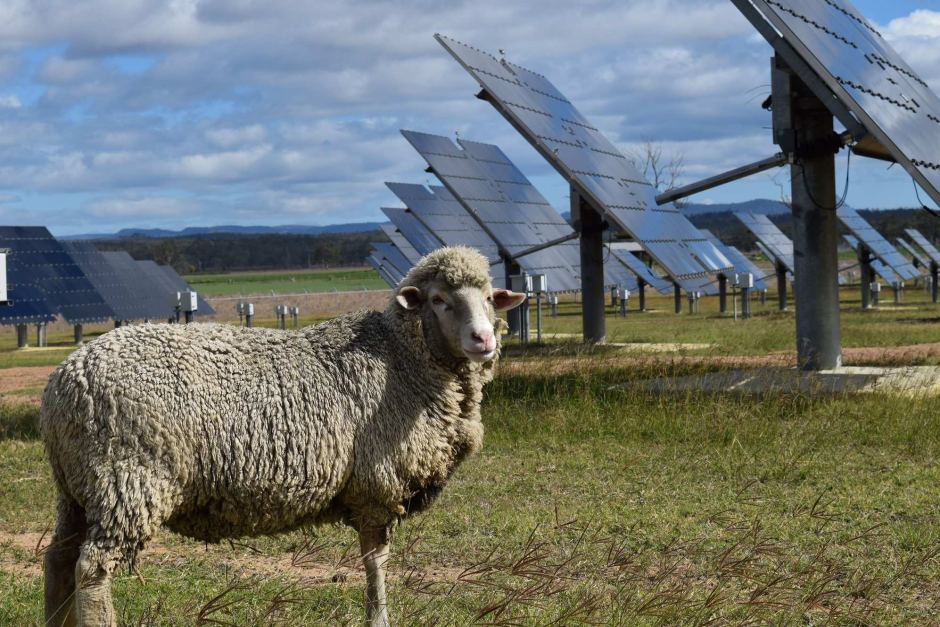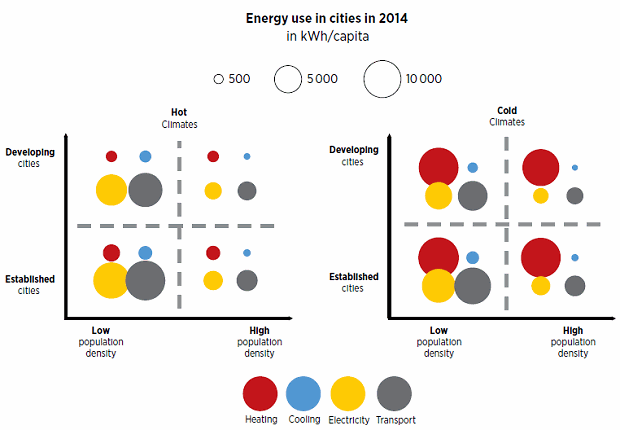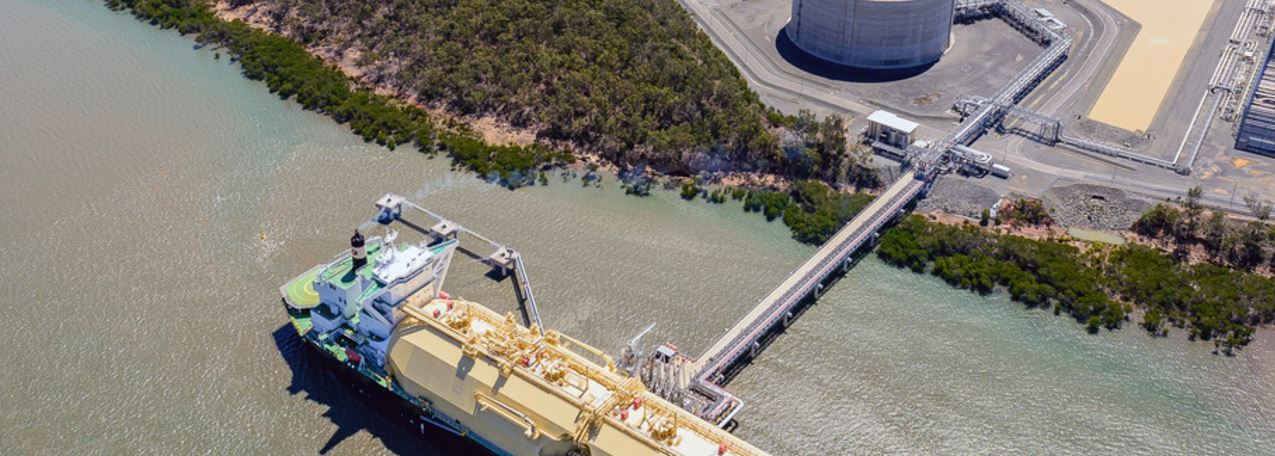The company behind a proposed $160 million solar farm in Western Australia’s Wheatbelt says it has been spoilt for choice when it comes to investors.
Sun Brilliance Power plans to start building a 100 megawatt solar farm, the largest in Western Australia, early next year and will be finalising financial agreements at the end of October.
What was originally designed as a 25 megawatt facility has been expanded four-fold after the company purchased what it described as an ideal location two kilometres east of Cunderdin in May this year.
Spokesman for the company, Ray Wills said it would be the first fully commercial solar farm in the country built without any government funding.
Professor Wills said the farm would house 320,000 solar panels, brought in from overseas and would generate 200 million kilowatt hours of electricity a year. He said the electricity would be sold on a merchant basis, straight to the market.
“We don’t have a contract to sell it to a particular person or organisation. All that means is that every 30 minutes or so the Australian energy market operator sets a price that electricity is trading and that’s the price we’ll get for our electricity when it goes to that market,” he said.
Rather than being concerned about any instability this kind of model might provide, Professor Wills argued it was an emerging trend.
“We already have two merchant renewables projects in Australia, one wind and one solar on the east coast. Ours is the first in WA but it’s not an unusual style of project for Europe or Australia.”

According to the company’s forecasting the farm will bring in $25–$30 million a year, much of which will flow back into the project. And it is not just the solar panels that will generate an income.
Sun Brilliance plans to continue the history of ‘Creswick Farm’ by running sheep on the property, allowing them to graze amongst the thousands of solar panels.
“The sheep will be happier, they’ll get rain protection in winter and a bit of heat protection in summer.”
And according to Professor Wills the sheep will be needed to ensure the pasture does not get too grassy. The sheep will not be alone if the company’s plan come to fruition. It also intends to build a visitor centre and cafe taking advantage of the farm’s location on the Great Eastern Highway.
“There’s 4,000 car movements past the property every day and for us that’s education and advertising that solar is here, solar works and everybody can use it,” he said.
“Our hope is that the visibility of the solar farm will actually help people understand that these things are functional, these things are what we’ll get our power with in the 21st century and we need to get more comfortable with it in that sense.”
The says it does not want to stop at one solar farm.
According to Ray Wills there is a good opportunity to develop more throughout the south west of the state and beyond. “We are expecting we’ll develop at least another three or four farms across south west WA,” he said.
“Not as big as this one. They’ll be around the 20 MW size. We’ll also be looking to develop projects in northern Australia, in the Kimberley, the top end and into Queensland.”




